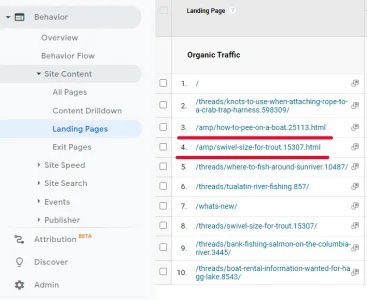Anatoliy
Well-known member
So, as there is no room for hope any more that AMP will be in xF 2.2, I'd like to investigate possibilities to build it by myself. As I'm not a developer and doesn't know the xF system well, I need some assassinate. I have few questions and would be very thankful for any help & advice.
<link rel="amphtml" href="AMP URL"> tag
Is it possible to insert those tags in certain threads pointing to their amp versions? I'm thinking of using custom tread fields. I have no idea what's that, but I guess I can create a custom field where I can put amp urls. And then in a template put something like "<if:xf that custom field is not empty>$ampUrl</if:xf>
Is it doable or I'm just fantasizing?
<link rel="amphtml" href="AMP URL"> tag
Is it possible to insert those tags in certain threads pointing to their amp versions? I'm thinking of using custom tread fields. I have no idea what's that, but I guess I can create a custom field where I can put amp urls. And then in a template put something like "<if:xf that custom field is not empty>$ampUrl</if:xf>
Is it doable or I'm just fantasizing?
